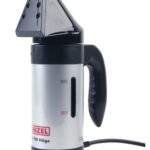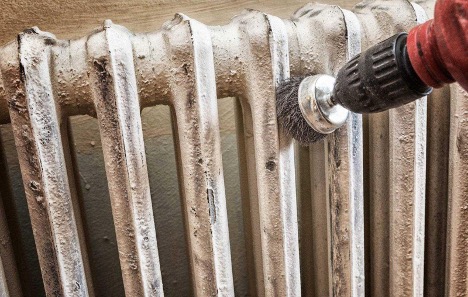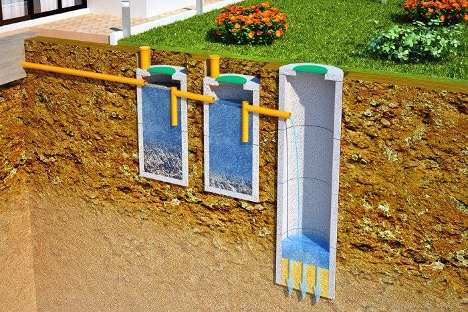Insulating the walls of a panel house from the outside: how and with what to insulate
In conditions of sharp temperature fluctuations, insulating a panel house from the outside becomes not only a matter of comfort, but also of savings. Panel houses built in the last century often suffer from insufficient thermal insulation. This leads to increased heating costs in winter. This also leads to overheating of rooms in summer. Correctly performed insulation of the walls of a panel house from the outside can not only improve the microclimate in apartments, but also significantly reduce energy consumption.
The choice of method and materials for insulating the facade of a panel house should take into account not only thermal characteristics. You must consider the durability of the solution as well as the aesthetic aspect. The modern market offers a wide range of insulation materials, but not all of them are suitable for use in panel buildings.
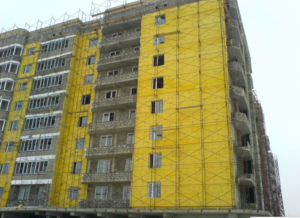
The content of the article
Selection of material for insulation
Before you begin insulating the façade of a panel house from the outside, you must carefully select the insulation material. Among the most popular and effective materials are mineral wool, expanded polystyrene and extruded polystyrene foam. Each of these materials has its own advantages and application features, which makes it possible to select the optimal option for a particular building.
Mineral wool has excellent heat and sound insulation properties, it does not support combustion and is resistant to biological influences. Expanded polystyrene is a more budget-friendly option. After all, it is also characterized by good thermal insulation. But its use requires additional fire safety measures. Extruded polystyrene foam is characterized by increased strength and moisture resistance. This makes it an ideal option for insulating the external walls of a panel house.
How not to insulate a panel house from the outside
When performing work on insulating a panel house from the outside, there are a number of materials whose use is not recommended or is completely prohibited. This is due to the following factors:
- with low thermal insulation properties;
- with the possibility of causing harm to the building structure or the environment;
- as well as a fire hazard.
Here are some of the materials and methods to avoid:
- Despite their widespread use as packaging materials and for waterproofing, polyethylene foam and polyethylene film have low thermal insulation properties. They are not suitable for high-quality insulation of buildings.
- Glass wool can be used as insulation. But only if it is properly processed and protected from moisture. Incorrectly installed glass wool without a protective layer can lead to irritation of the skin and respiratory tract. It can also lead to loss of insulating properties when wet.
- The use of materials not intended for insulation, such as scrap boards, paper or fabric, can lead to mold, rot and provide insufficient thermal insulation.
- Any materials that are easily flammable (for example, some types of plastic or organic fibers without special treatment) pose a fire hazard and should not be used to insulate the walls of a panel house from the outside.
- While polystyrene foam is a popular and effective insulation material, low-quality or improperly installed versions can lead to moisture buildup and loss of insulating properties.
- The use of asbestos-containing materials is strictly prohibited due to their carcinogenic effects on humans.
When choosing materials for insulating the facade of a panel house, it is important to pay attention to their certification, thermal insulation properties, safety for health and the environment, as well as compliance with fire regulations.
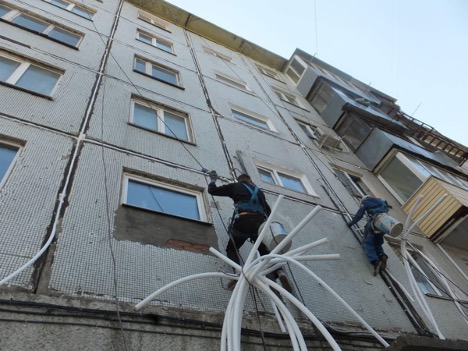
Correct insulation process
How to insulate a panel house from the outside and with what is a question that requires attention to detail and the sequence of work. The insulation process includes several key stages:
- Surface preparation, which includes removing old coatings, dirt, and leveling uneven surfaces.
- To attach the insulation to the walls, it may be necessary to create an additional frame.
- Installation of insulation. The material is fixed to the wall using special fasteners and glue.
- Hydro- and vapor barrier, which protects the insulation from moisture and facilitates the removal of condensate.
- Finishing, which may include installation of a ventilated facade or application of decorative plaster.
Important aspects
When insulating panel houses from the outside, you should take into account not only technical aspects, but also regulatory requirements.It is important to ensure that the materials and technologies used comply with building codes and regulations regarding the thermal protection of buildings.
Here are a few key materials that can be used to insulate the end wall of a panel house from the outside:
- Mineral wool: ideal for providing high levels of thermal and sound insulation.
- Expanded polystyrene: offers good value for money insulation.
- Extruded Polystyrene Foam: Recommended for high humidity areas due to its moisture resistance and durability.
The choice of method and materials for insulating a panel house from the outside should be based on an integrated approach. You must consider not only the desired effect and cost of the work, but also the durability of the solution, as well as its appearance.

